
Key Features and Advantages
RHEL 10 introduces forward-looking capabilities like AI-powered Lightspeed, which brings a natural language command line assistant trained on decades of Linux expertise. It helps users troubleshoot, interpret log entries, and build optimized images using intelligent package recommendations via Insights Image Builder.
Additionally, it delivers post-quantum cryptography, making systems future-proof against quantum-era threats by integrating NIST-approved algorithms. Image mode, a container-native build and deployment workflow, reduces system drift and brings operational consistency.
A Platform That Spans Every Workload
RHEL serves as the foundation for business-critical workloads, including:
- SAP systems, meeting modernization and migration requirements like SAP HANA/S/4HANA
- Microsoft SQL Server on Linux, offering scalable, cost-effective solutions across infrastructure types
- High-performance computing (HPC) for intensive compute tasks at scale
- Edge deployments, enabling optimized OS images and efficient updates across remote nodes
Broad Hardware and Ecosystem Support
RHEL supports diverse architectures—x86, ARM, IBM Power, IBM Z, and even RISC-V (developer preview)—with certified compatibility across thousands of cloud, software, and hardware vendors.
Its ecosystem includes certified software, extensions repository, and partner-validated solutions to ensure seamless integration and deployment.
Enterprise-Grade Lifecycle & Automation
Subscribers benefit from a stable, long-term lifecycle (up to 10 years), with 24/7 support, security patches, and official updates. Tools like Red Hat Insights and Satellite offer analytics, proactive guidance, vulnerability alerts, and automation to reduce maintenance workload.
Developer Accessibility
Developers can enjoy no-cost access to RHEL through Red Hat Enterprise Linux for Business Developers, allowing up to 25 instances per user with curated development tools and container tooling like Podman Desktop—supporting fast, secure development workflows.
What Makes RHEL Stand Out for Enterprises
Advantage | Why It Matters |
Hybrid Cloud Agility | Run workloads consistently on-prem, cloud, or edge |
AI & Security Ready | Future-focused features like AI guidance and post-quantum cryptography |
Ecosystem & Architecture Variety | Broad partner support and hardware flexibility |
Longevity & Automation | Long lifecycle with proactive maintenance tools |
Developer-Friendly Access | Free development-grade access to RHEL |
Conclusion: RHEL as the Core of Enterprise IT Strategy
From legacy systems to AI-driven innovation, Red Hat Enterprise Linux remains the go-to platform for global enterprises. It delivers the reliability, security, and flexibility modern businesses demand—whether deploying on-premises, across clouds, or at scale on the edge.
Consider exploring RHEL’s latest features, image-mode workflows, or developer programs to power your organization’s next phase of growth.

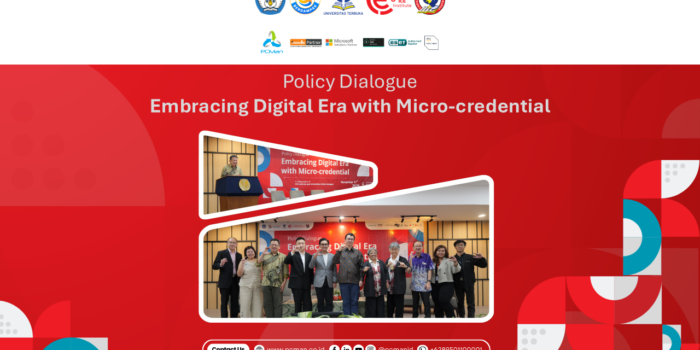

 Digital Transformation
Digital Transformation Learning Management System
Learning Management System Cyber Security
Cyber Security Data, AI & Automation
Data, AI & Automation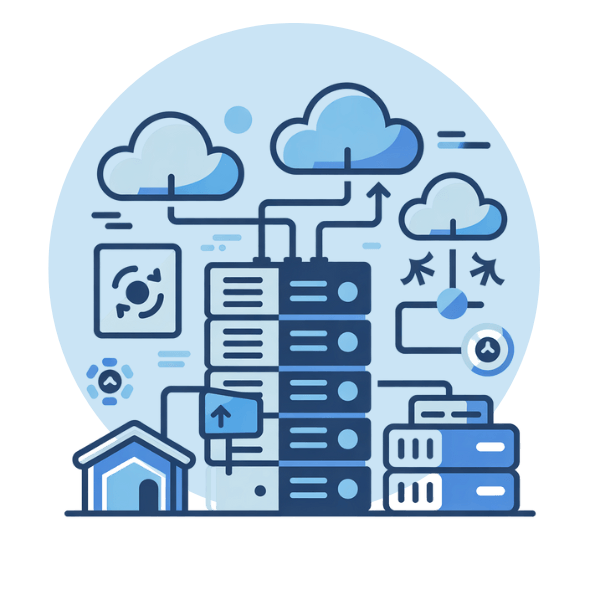 Cloud/Hybrid Infrastructure
Cloud/Hybrid Infrastructure Branded Moodle App
Branded Moodle App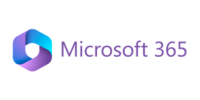 Microsoft 365
Microsoft 365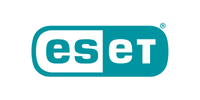 Eset
Eset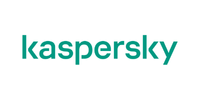 Kaspersky
Kaspersky